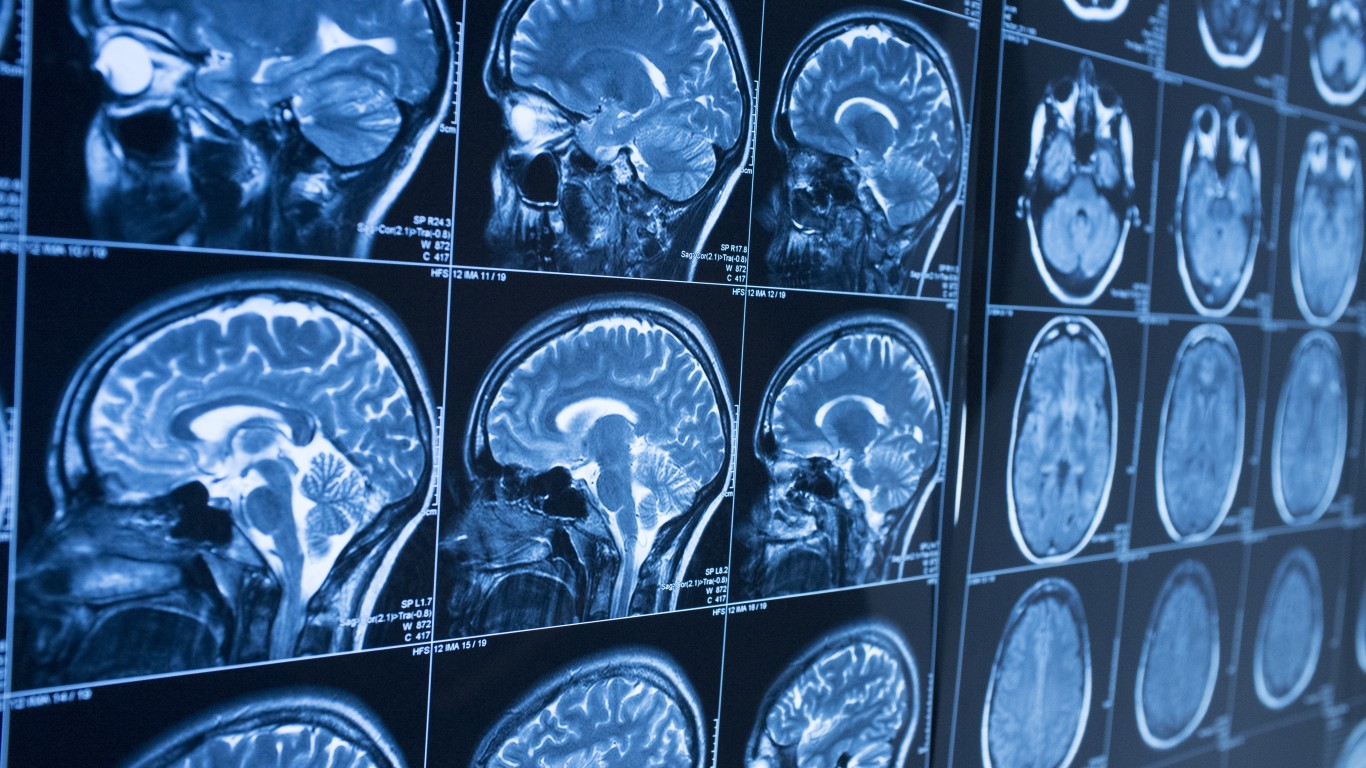
In response to OpenAI’s GPT4 release that now powers the premium version of Chat-GPT, Google announces a new release of its Large Language Model named Pathways Language Model, or PaLM 2 for short.
Less than a year into the AI revolution that started with the release of Chat-GPT in November 2022, you have seen what AI can and can’t do well.
At first, many believed the chatbot could give them the answers to life, the universe, and everything. Of course, we know it’s 42. But soon, users realized that the chatbot didn’t know what it was saying and could only parrot information, neither knowing nor caring if it was accurate.
“As an AI model, I am unable to make value judgements.”
You can ask it, “What is the best martial art for self-defense,” but without a physical body or the ability to understand the concept of an attack, it has no point of reference to give you an accurate answer.
Google’s AI Is More Than a Chatbot
Google released their “experimental” Bard in March 2023, side-stepping this problem by focusing on other uses for its latest generation of AI.
PaLM, the language model currently powering Bard, will soon be upgraded to PaLM 2, a more powerful, knowledgeable, and capable model. But a better chatbot is not what Google is announcing.
An AI Doctor Diagnosing Patients?
According to Google, this second generation of Med-PaLM has increased by 18% in performance over the first generation. Med-PaLM was the “first AI system to surpass the pass mark on US Medical License Exam (USMLE) style questions.”
Med-PaLM 2 is an AI trained on medical data with the language abilities of an LLM and the ability to understand visual data too.
One of Google’s examples is an x-ray with the question, “What does this film show?” Med-PaLM 2 then gives medical impressions, x-ray analysis, and treatment recommendations.
Although no hospital will be handing over control to Google’s AI anytime soon, the importance of this piece of software can’t be overstated; this is a watershed moment.
Just as you can imagine a day when cars will all drive themselves, there will be a day when we no longer trust humans to provide medical diagnoses or even treatment. Like the argument for self-driving cars, you can already hear the arguments for AI doctors, “They make fewer mistakes,” “They have access to more data,” and “They can make complex calculations faster than humans.”
What Else Can PaLM 2 Do?
Google is reserving access to Med-PaLM for its partner organizations, but the upgrade to PaLM 2 comes with benefits that will be more widespread. Google’s release notes mention three other areas of improvement:
- Reasoning
- Multilingual translation
- Coding
If you’ve used an AI chatbot in the last year, you’ll know that they don’t always ‘think’ the same way humans do, and simple problems sometimes stump them.
Improved Logic and Reasoning
Here is the problem developers set PaLM 2:
“On a shelf, there are four cars: a green car, a blue car, an orange, and a yellow car. The green car is to the left of the yellow car. The yellow car is the second from the left. The blue car is the rightmost. What is the car order? Please think step by step.”
It’s not a simple problem, but of course, PaLM 2 gets it right. But how it informs the user is more impressive than just that it got the answer correct. First, it lays out its reasoning in four bullet points – one for the position of each car.
Then it tells you in one sentence, and in case you haven’t worked it out yet, here’s the answer, “Therefore, the car order is green, yellow, orange, blue.”
Finally, PaLM 2 understands that a visual representation of the answer would help aid understanding, so it creates a diagram showing the order of the four cars.
This powerful problem-solving will be available inside your favorite Google tools soon. PaLM 2 inside your Google Docs, helping you make notes and organize them, would be a huge advantage for students and professionals trying to make the most of their time.
Improved Coding and Translating
PaLM 2’s boost in logic and reasoning abilities perfectly aligns with its coding skills.
Both Chat-GPT and Bard can write code; however, like their answers, the code doesn’t always do exactly what you’d like. Nothing but the simplest of programs would perform as intended in my testing.
PaLM 2 promises to write better code and debug and extend code you already have. Another example Google gives showcases the third significant improvement – translation.
Google gives its AI some code, asking it to “fix this code with a bug and add line-by-line comments in Korean.”
Of course, it does precisely that.
This step forward in both language ability and reasoning will make AI chatbots the perfect way to learn foreign languages in the future.
Introvert or ambivert students who have social anxiety can use advanced language abilities to aid language acquisition. Instead of feeling self-conscious practicing a new language with real people, they can speak to a chatbot. The AI will even teach them grammar or vocabulary when they need help.
An Incremental Increase
Is this latest release from Google finally going to place AI squarely in the middle of our lives and change how we work and live? Probably not. Though experts keep telling us that is where we are heading, it will take a new AI revolution to get us there. Google’s latest release feels more like an incremental increase rather than a revolutionary one.
This article was produced by Face Dragons and syndicated by Wealth of Geeks.
Thank you for reading! Have some feedback for us?
Contact the 24/7 Wall St. editorial team.





